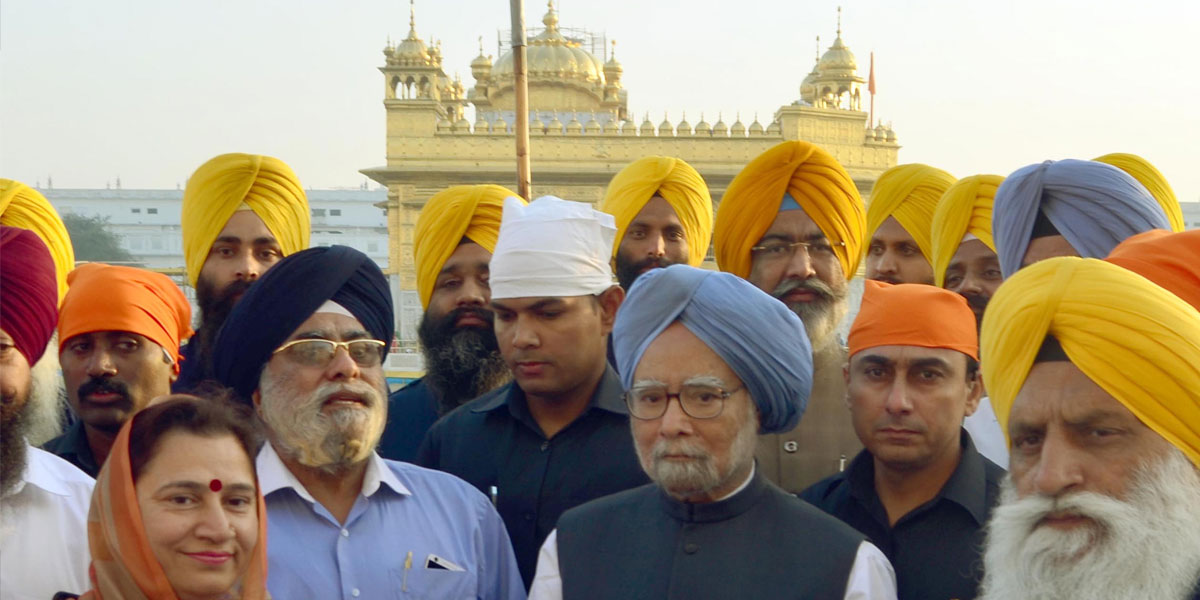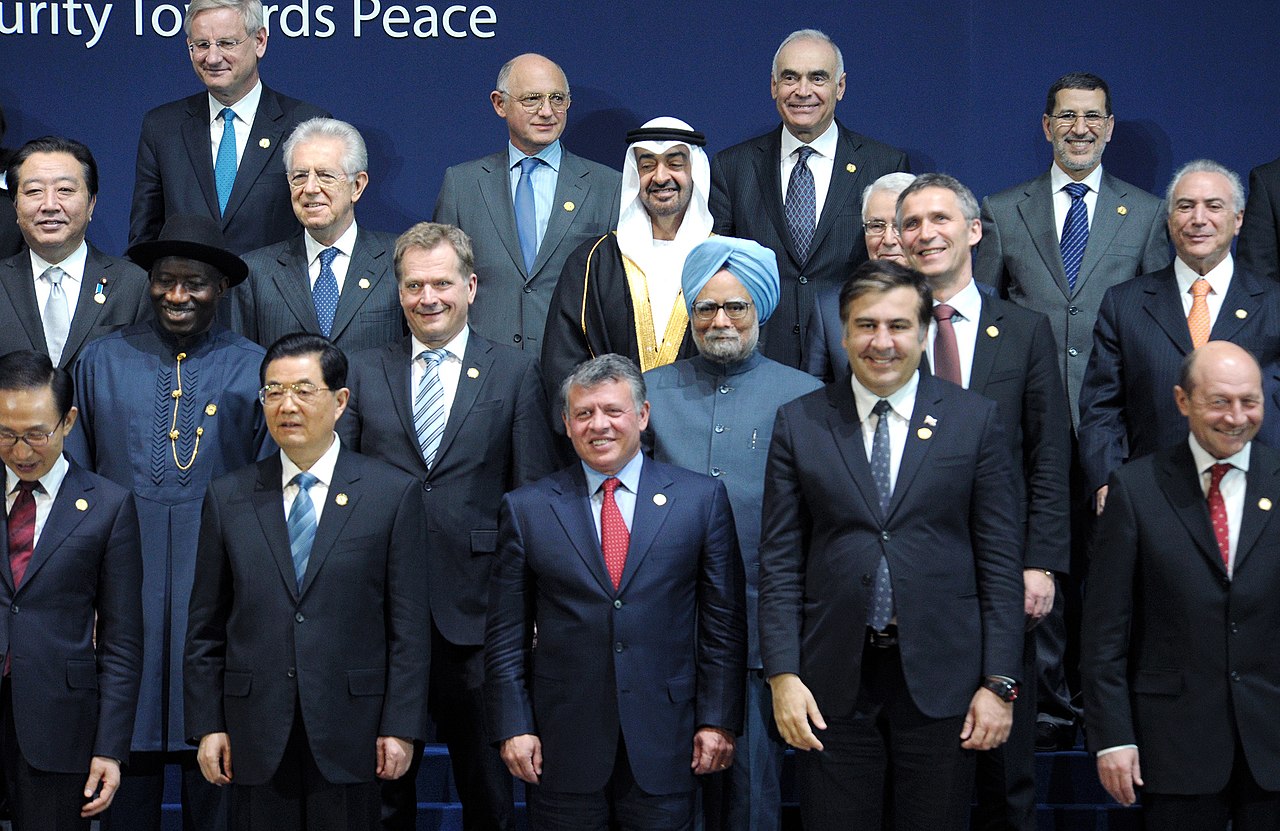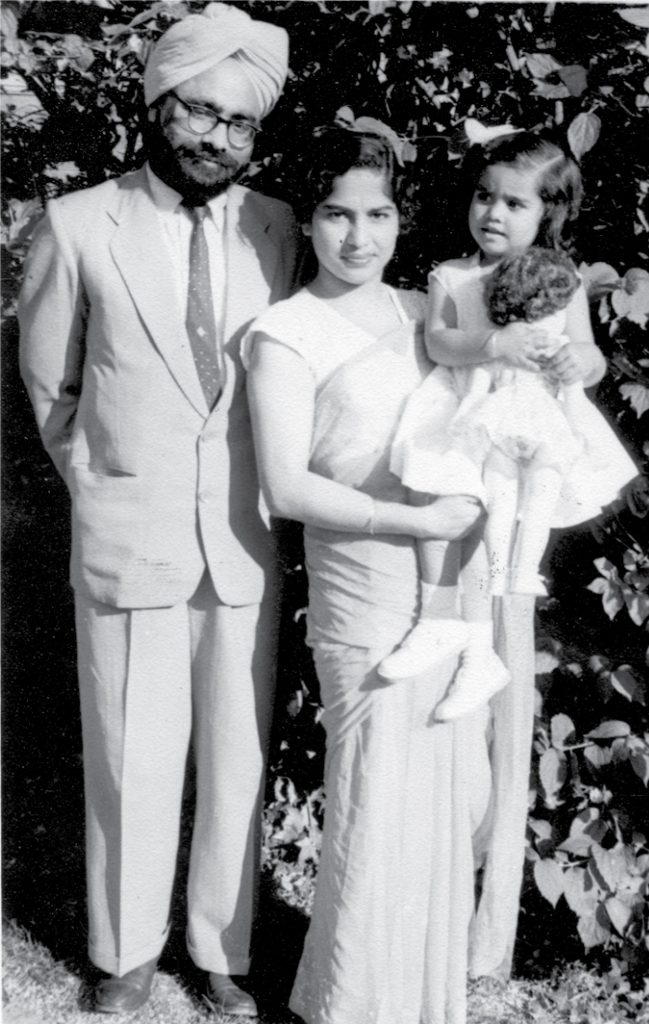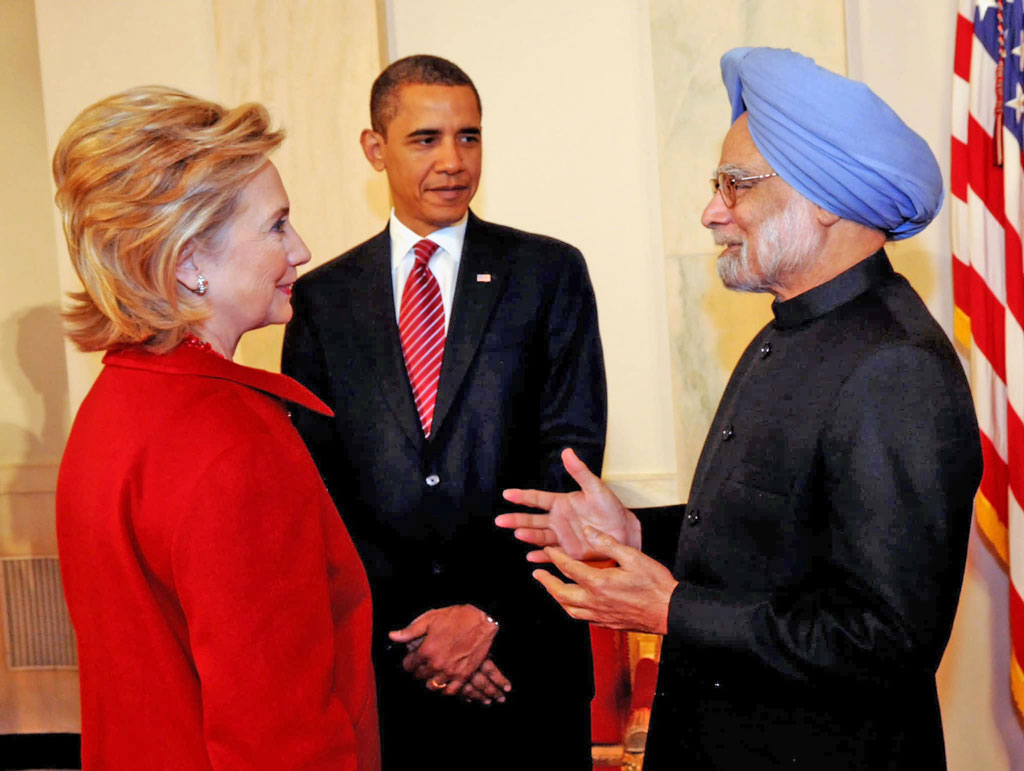
Dr. Manmohan Singh, former Prime Minister of India, passed away on December 26, 2024, at the age of 92.
He was admitted to the All India Institute of Medical Sciences (AIIMS) in New Delhi after collapsing at his home and was declared dead at 9:51 PM.
His funeral was held on December 28, 2024, at Nigambodh Ghat in New Delhi, where he was cremated with full state honors.


Dr. Manmohan Singh was born on September 26, 1932, in Gah, a small village in what is now Pakistan. His early life was marked by simplicity and hardships, but his intellectual brilliance was evident from a young age. After India’s partition in 1947, his family migrated to Amritsar, Punjab, where they rebuilt their lives. Despite the challenges of displacement, young Manmohan excelled academically.
He earned his bachelor's and master’s degrees in Economics from Punjab University, securing the top position in his class. His pursuit of knowledge took him to the University of Cambridge, where he earned an additional degree in Economics. Later, he completed his doctoral studies at Nuffield College, University of Oxford, focusing on India’s trade and economic policy, which laid the foundation for his illustrious career.

Dr. Manmohan Singh, the former Prime Minister of India, has a close-knit family. Here's an overview of his family:
Gursharan Kaur: Dr. Singh's wife, Gursharan Kaur, is a highly respected figure known for her simplicity and grace. She is an accomplished classical singer and has supported Dr. Singh throughout his illustrious career.
Dr. Manmohan Singh and Gursharan Kaur have three daughters:
Dr. Singh began his career as an academic, teaching economics at prestigious institutions like Punjab University and the Delhi School of Economics. His insights and expertise in economics soon brought him into public service, where he worked with organizations like the United Nations Conference on Trade and Development (UNCTAD) and the International Monetary Fund (IMF).
In India, Dr. Singh served in several key positions, including:

These roles allowed him to shape India’s economic policies during critical periods, earning him a reputation as one of India’s most trusted economists.
In 1991, India faced a severe economic crisis marked by dwindling foreign reserves, high inflation, and fiscal deficits. As Finance Minister under Prime Minister P.V. Narasimha Rao, Dr. Manmohan Singh was tasked with rescuing the nation from near bankruptcy.
In his historic budget speech of 1991, he unveiled a series of bold economic reforms that marked a paradigm shift in India’s economic policy. Key reforms included:
These reforms ended the era of India’s “License Raj” and set the country on a trajectory of rapid economic growth, transforming it into one of the fastest-growing economies in the world.

Dr. Singh became India’s 13th Prime Minister in 2004, heading the United Progressive Alliance (UPA) government. His tenure is remembered for its focus on economic growth, social welfare, and foreign policy advancements.
India experienced significant economic expansion during Dr. Singh’s tenure, with GDP growth averaging over 8% during his first term. His policies helped India weather the 2008 global financial crisis better than most economies.
Dr. Singh’s government launched several landmark programs aimed at inclusive growth:
Dr. Singh’s leadership strengthened India’s global position. Notable achievements include:
While Dr. Singh’s first term was widely praised, his second term faced criticism due to corruption scandals like the 2G spectrum and coal block allocation controversies. These challenges tarnished the UPA government’s image, though Dr. Singh himself was seen as an incorruptible leader.
Dr. Singh is known for his humility, intellectual depth, and unwavering dedication to India’s progress. His soft-spoken nature and preference for consensus-building earned him respect across political lines.
Dr. Manmohan Singh’s contributions to India’s development are immense. He is celebrated as the architect of India’s economic reforms, a leader who prioritized inclusive growth, and an individual whose integrity and vision remain unmatched.
Today, Dr. Singh’s legacy continues to inspire economists, policymakers, and leaders worldwide, highlighting the power of knowledge, humility, and service to the nation.